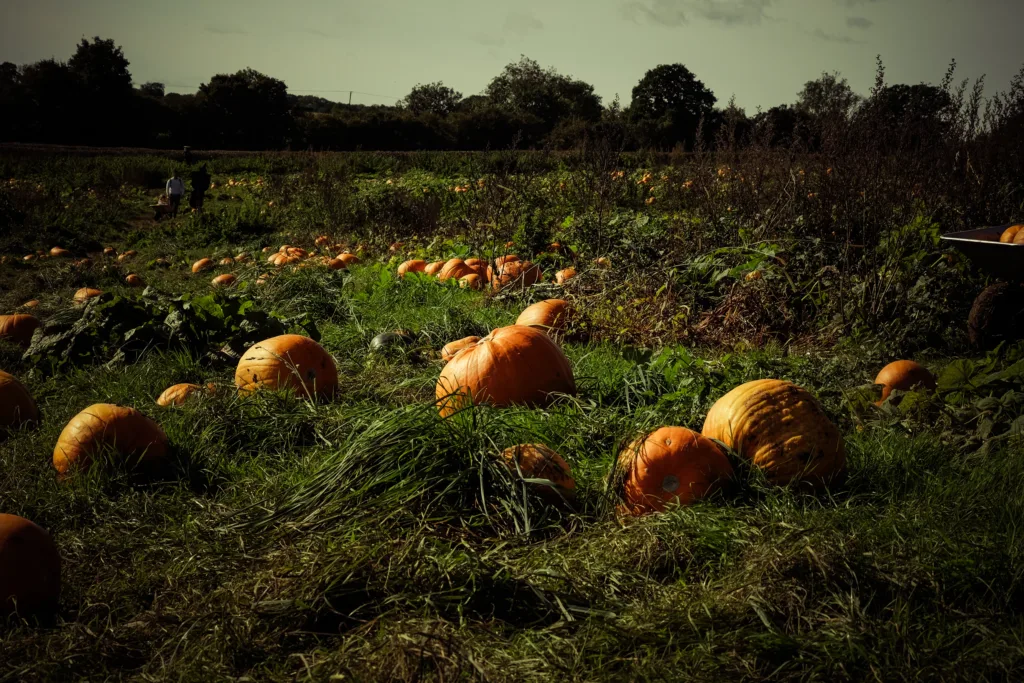
As the fall season approaches, the thought of decorating your house with pumpkins is an exciting one. But, have you ever thought about growing them in your garden? Pumpkin gardening can be a fun and rewarding experience, and with the right techniques, you can easily grow your own pumpkins at home. But where do you start? In this blog post, we will cover everything you need to know about how to grow pumpkins, from planting to harvest.
Best time of Year to plant your Pumpkin Seeds
The ideal time to plant pumpkin seeds is in the late spring or early summer. This will give your pumpkin plant enough time to grow and mature before the first frost. It’s recommended to plant the seeds around Memorial Day weekend, but it’s important to check your area’s frost dates to determine the perfect time to plant.
Soil and Water Requirements for Growing Pumpkins
Pumpkins require well-draining soil with a pH level between 6.0 to 7.5. I this small soil meter to monitor my soils pH and moisture levels. It’s important to have soil that is rich in organic matter and has good drainage. You can improve drainage by adding sand or perlite to the soil mix. When it comes to watering, pumpkins need around 1 to 1.5 inches of water per week. Water the plants deeply rather than frequent, light watering.
How much Sunlight do Pumpkins need to Grow
Pumpkins require a lot of sun, and they need at least six hours of direct sunlight every day. Pick a spot in your garden that has full sun exposure to ensure that your pumpkins grow to their fullest potential.
Fertilizer Requirements
To ensure that your pumpkins grow strong and healthy, it’s important to use the right fertilizer. It’s recommended to fertilize your pumpkin plants with a high nitrogen fertilizer at the beginning of the growing season. Once the plants start to establish, switch to a balanced fertilizer. Avoid using too much fertilizer as it can burn the roots of the plant.
When to Harvest your Pumpkins and How to Store
Pumpkins are usually ready to harvest in late September or early October. Check the skin of the pumpkin and look for a hard exterior with a rich orange color. If the skin is still soft, leave the pumpkin to mature for a few more weeks. Once you’ve harvested your pumpkins, it’s important to cure them. Wash them with a solution of one-part bleach to ten parts water and then store them in a dry, cool place for up to six months.
How to Grow Pumpkins in a Grow Bag
If you don’t have garden space you can always grow pumpkins in a grow bag on your patio or deck. The ideal size of the grow bag depends on the variety of pumpkin you’re growing. A 10- to 15-gallon grow bag is sufficient for smaller varieties of pumpkin, but larger varieties will need a 25-gallon or larger grow bag. Ensure the grow bag has good drainage to avoid waterlogging.
Just a Few Different Types of Pumpkins
Jack-O-Lantern: This is the most common type of pumpkin grown in North America. It’s a medium-sized round pumpkin with a smooth exterior and thick walls ideal for carving.
Sugar Pie: This is a smaller pumpkin with a sweet flesh that is perfect for baking.
Atlantic Giant: This pumpkins are known for their extra-large size and often used in pumpkin carving contests. They can grow up to 1000 pounds.
Blue Jarrahdale: This pumpkin has a flattened shape and slate blue skin. It’s known for its sweet and nutty flavor.
Happy Gardening!
Growing pumpkins can be a fun and enjoyable experience, and with these tips, you’ll be able to grow pumpkins with ease. Remember to pay attention to soil type, water requirements, light needs, and fertilizer. Also, make sure to pick the appropriate time to plant, harvest, and store your pumpkins. With a little patience and hard work, you’ll have a beautiful and bountiful pumpkin harvest to enjoy year after year.
Please be sure to check out my Gardening Blog Post Page for more tips on all types of gardening. Including Seed Saving, Seed Starting, Orchids, Water Gardening, Coldframe Gardening, Indoor Bulb Gardening, Hydroponics, Container Gardening, Mums, Herbs, African Violets, planting Bulbs, Flower Gardening, Vegetable and Fruit Gardening, Indoor Houseplants of all kinds, Cactus, Succulents, Hanging plants, Deer resistant plants and even Bird, Bee, Butterfly and Hummingbird Gardens!
